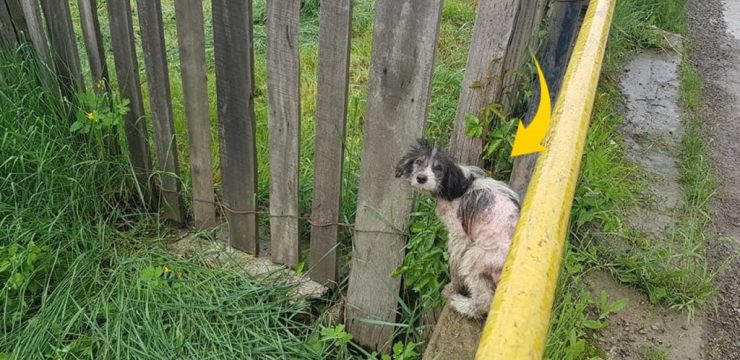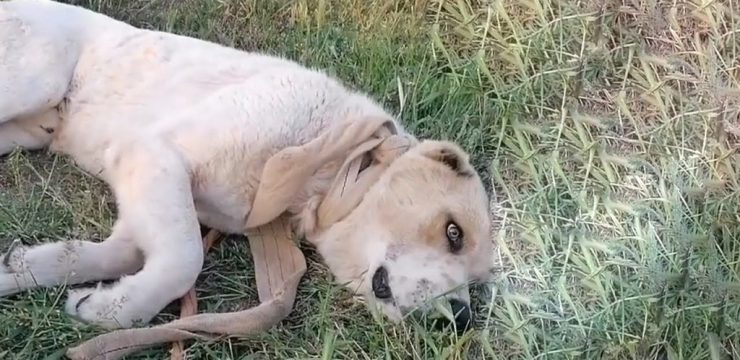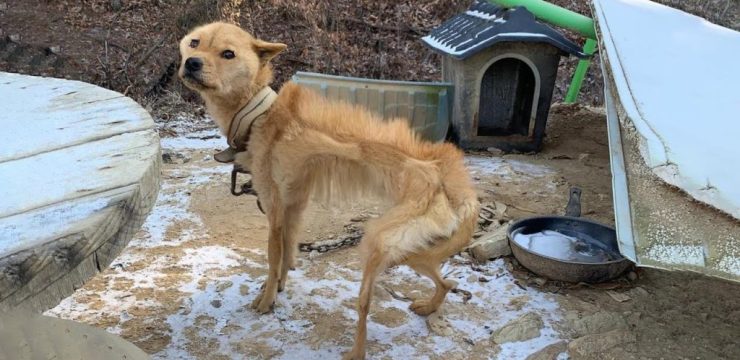Uncovering the Start of the Fires
On January 7, a series of wildfires erupted across Southern California, beginning in the Pacific Palisades neighborhood of Los Angeles. These devastating fires have left investigators scrambling to identify their exact cause. While the specific trigger remains unknown, experts agree that a combination of factors created a perfect storm for the blazes to ignite and spread rapidly.
Typically, California’s wildfire season runs from June through October. However, this year, the fires began unusually early—in January, during the heart of winter. This anomaly has raised significant concerns about climate and environmental changes.

Drought and Climate Change: Key Drivers
Southern California has been grappling with severe drought conditions. According to the U.S. Drought Monitor, nearly 60% of California faced drought this year, compared to less than 4% the previous year. The Environmental Protection Agency (EPA) has highlighted how climate change is intensifying wildfires by increasing their frequency, duration, and scale.
The Santa Ana winds, notorious for their hot and dry nature, are another contributing factor. These winds move dry desert air from the region’s interior to the coast, drastically reducing humidity levels. This desiccation turns vegetation into highly flammable fuel, making it easy for even a small spark—from a cigarette butt, a vehicle, or a power line—to ignite a raging inferno.
A Deadly Combination of Elements
On the night of January 7, wind gusts reached speeds of up to 100 mph in higher altitudes, further fueling the flames. In addition to the dry conditions, Los Angeles’ landscape includes other fire-prone materials, such as low-hanging power lines and wooden telephone poles.
This deadly combination mirrors past catastrophes like the Woolsey Fire of 2018, which killed three people and destroyed over 1,600 structures. However, climate experts like Daniel Swain from the University of California, Los Angeles, warn that this year’s conditions are unprecedented. He noted, “We’ve never seen such a dry season following a wet one, combined with such strong winds.”
The Federal and State Response
The wildfires have wreaked havoc across communities, prompting swift action from both state and federal authorities. President Joe Biden pledged on January 9 that the federal government would cover the full cost of disaster response. Biden also canceled an international trip to focus on the situation, deploying additional firefighting resources, including five planes and 10 helicopters.
Meanwhile, California Governor Gavin Newsom reported that 7,500 firefighters were battling the blazes as of January 8. Fire crews from six other states and over 250 departments across Northern California have been mobilized to assist in Southern California. However, the high winds have severely hindered aerial rescue efforts.
The Extent of the Damage
The fires spread rapidly, beginning with the Palisades fire, which quickly engulfed 6,970 hectares. By January 8, additional fires had broken out in Eaton, Sylmar, and other areas, burning thousands of hectares. Despite the efforts of thousands of firefighters, many of the fires remained largely uncontained:
- Palisades Fire: 0% containment, 6,970 hectares burned
- Eaton Fire: 0% containment, 4,290 hectares burned
- Hurst Fire: 10% containment, 346 hectares burned
- Lidia Fire: 40% containment, 140 hectares burned
- Sunset Fire: 0% containment, 17 hectares burned
The Woodley, Olivas, and Tyler fires were the only ones fully contained, but the overall situation remains dire.
A Wake-Up Call for the Future
California’s wildfire crisis underscores the urgent need to address climate change and its impacts. The combination of prolonged drought, extreme weather patterns, and human activity has created an environment where wildfires are not only more common but also more destructive. As firefighters continue to battle the flames, the nation is reminded of the growing challenges posed by our changing planet.





